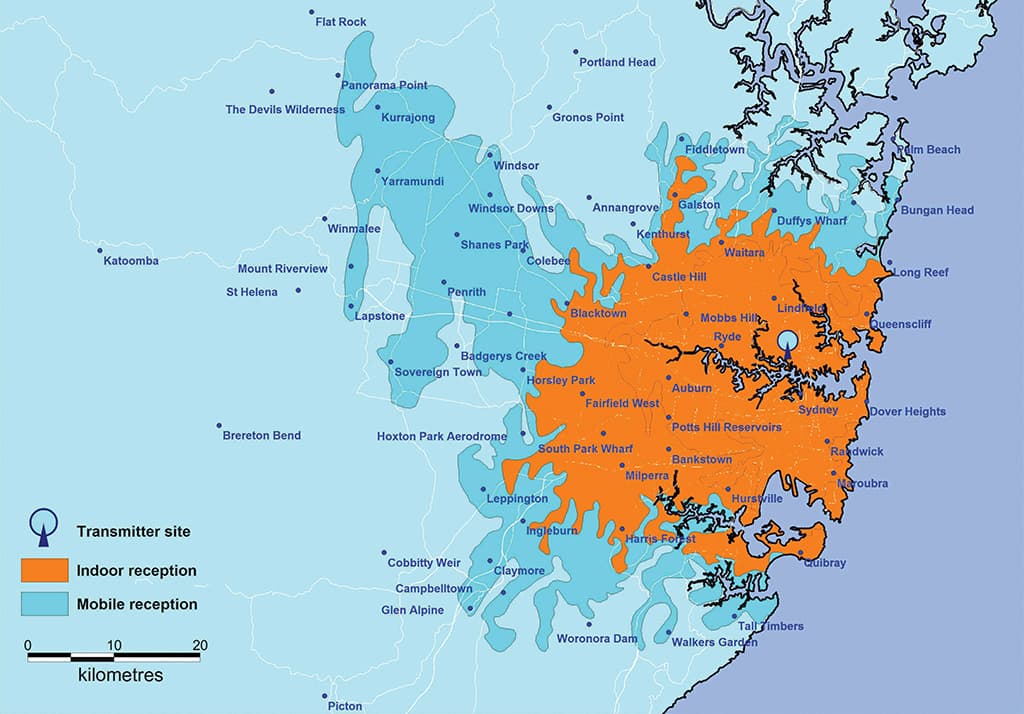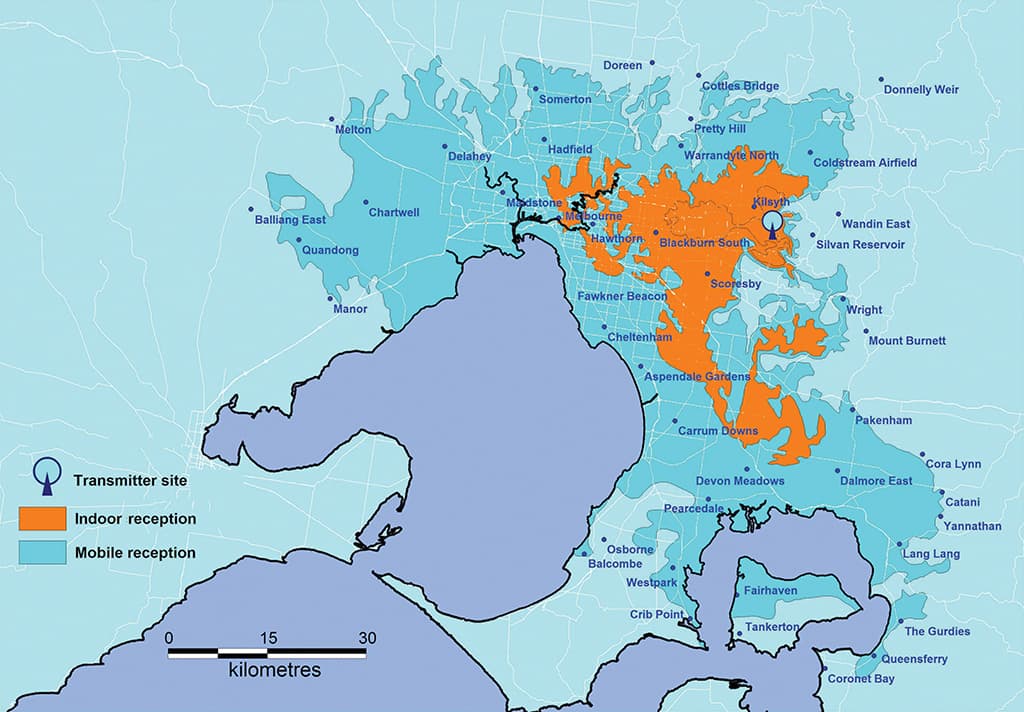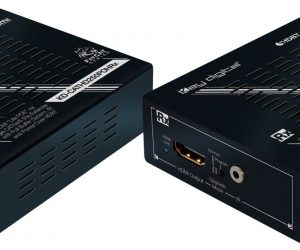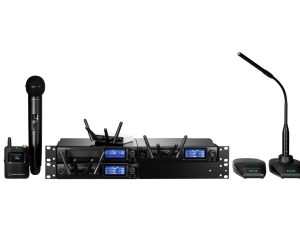
Digital Radio
The revolution isn’t being televised, it’s being broadcast with digital radio!
Text:/ Brad Watts
Radio – it’s seemingly become the poor cousin of technology during the last eight years. The world had seemingly forgotten about this erstwhile communication format, while it has fallen hook, line and sinker for iPods, Zunes, and anything else that could playback prerecorded collections of audio material – be that music, spoken literature, or indeed the concept of the ‘Podcast’ (basically recorded broadcast-style material downloaded via the internet).
What was wrong with good old FM, and even older AM radio for that matter? There’d be thousands of old blokes with nine-volt ‘transistors’ firmly clamped to their ears that would claim there was nothing at all wrong with traditional broadcast radio. However it’s almost needless to mention the fact that those colourful ol’ radio listeners haven’t got the greatest hearing these days. Why do you think they hold those radios so close to their ears? What does digital radio broadcasting have to offer over the ‘analogue’ broadcasting we’re more familiar with? To begin with there’s the prospect of having more radio stations available to the listener. Digital radio can deliver a greater number of stations due to various factors. FM transmission requires 0.2MHz per channel, which theoretically allows 102 FM programs over the Band II 87.5 to 108MHz spectrum. In practice things are a little different, and there are ways to actually cram in more stations than this – but we’ll stick to the theory for this article. The ‘frequency reuse’ factor with FM is about 100, meaning that only one out of 100 transmitters can use the same frequency twice without interfering with each other. With DAB (digital audio broadcasting), the reuse factor is increased to about four. With a bit of juggling of codecs (e.g. transmitting at only 192kbps of the allocated 256kbps) the broadcaster can increase this number to about 4.3 times the available channels on the FM band. Equally, DAB can use what’s known as a DAB ensemble. Basically it involves combining a number of programs on the same frequency by sharing out the available data bandwidth. Obviously the audio quality of each digital stream will suffer, but for voice-only transmission this may be perfectly acceptable. So in a nutshell, DAB allows more stations. For audiences in remote areas such as we’re used to in Australia, this will mean a lot more choice – when DAB finally becomes available outside the five mainland big cities.



The ABC’s Greater Sydney (left) and Greater Melbourne (right) coverage maps for the DAB. As all stations share the bandwidth from a single transmitter in each city, the coverage for each station should be identical.
OUT WITH THE OLD
The DAB audience also has a number of features available that simply aren’t possible with AM and FM transmission. Take for instance radio-text. This can display song and artist titles, music genres, competition phone numbers, weather reports, or even services such as traffic reports and program guides. I’m told RadioTAB use this feature to display racing results. Brilliant! It’s also possible to transmit image slideshows, with the station’s logo or even image captures of the presenter – the possibilities are vastly greater than analogue broadcasting. In fact, some digital radio receivers are able to pause a broadcast, with the material being saved to the digital radio’s flash memory. Most importantly, however, is the improved sound quality of DAB. We all know the annoying sound of an FM station that won’t quite tune effectively, with its static and interference. DAB is devoid of such issues. There’s absolutely no hiss, and if a station is out of range of the receiver the station is effectively invisible to the receiver – there’s no half measure for reception. ‘Tuning’ your digital receiver is also markedly easier than scrolling through seas of static before stumbling across your favoured radio program. Your digital radio will instantly find the available radio stations and save each co-ordinate instantly to your receiver’s memory locations – storing the station as a name rather than a set of numbers. From then on, recalling those stations involves a single button press. It couldn’t be easier! As is the case with any electromagnetic transmission, interference can result from the electromagnetic and electrical fields generated by computers, machinery and similar equipment. The typical fix is to move the radio receiver to a different position.
For the broadcaster there are savings to be made with digital broadcasting as more programs can be transmitted from a single, central transmission plant. Maintenance issues also become less of a concern as the transmission equipment is primarily based on DSP assisted equipment and computers.
“”
There’d be thousands of old blokes with nine-volt ‘transistors’ firmly clamped to their ears that would claim there was nothing at all wrong with traditional broadcast radio.
WE LOVE IT
As usual, Australia is taking on this new technology in a much more aggressive manner than our European amigos. Britain and Europe are still using the original DAB standard that stipulates use of the MPEG layer2 format, whereas we technology-toting Aussies have moved to the more recent, internationally approved Eureka 147 DAB+ standard, utilising the AAC+ codec (HE AAC V2). Germany, for example, is planning to make the leap in 2010. Of course there’s continual debate as to which format sounds better, but the AAC+ codec allows some rather flexible tricks to be applied to data rates, achieving ostensibly better sound quality at lower bandwidths. It also allows multichannel transmission for surround-sound broadcasting should the broadcaster require. In Australia, most radio licensees have about 256kbps to carve up as they see fit. Because the AAC+ algorithm is a more evolved animal than MPEG, and thus being more efficient, bit-rates as low as 64kbps and 48kbps are very common, and sound remarkably good considering the funnel these programs are forced through before reaching your digital radio receiver.
No doubt you’re wondering what all this will cost, so I’ll let you in on the good news. Just like the radio that’s been belting into our homes and cars since 1923 (the year of the first commercial radio broadcasts in Australia), digital radio is still very much free-to-air and business-as-usual for the listener. No fees, no contracts, signing in or logging on, and there’s no complicated hookup procedure. Just clean, clear, radio reception. All that’s required is a digital radio. Like all new technology, however, digital radio receivers are selling at premium prices at the moment, with a typical unit costing around the $200 mark – remember the prices of in-car GPS units just a few years ago and I believe you’ll get the idea as to when those costs will begin subsiding. Just don’t be suckered into buying a DAB only receiver from overseas sellers on eBay in the meantime. There are plenty of units out there capable of tuning in to DAB+ and traditional FM broadcast – because unlike analogue television, analogue radio isn’t going to be shut down anytime in the foreseeable future.















RESPONSES